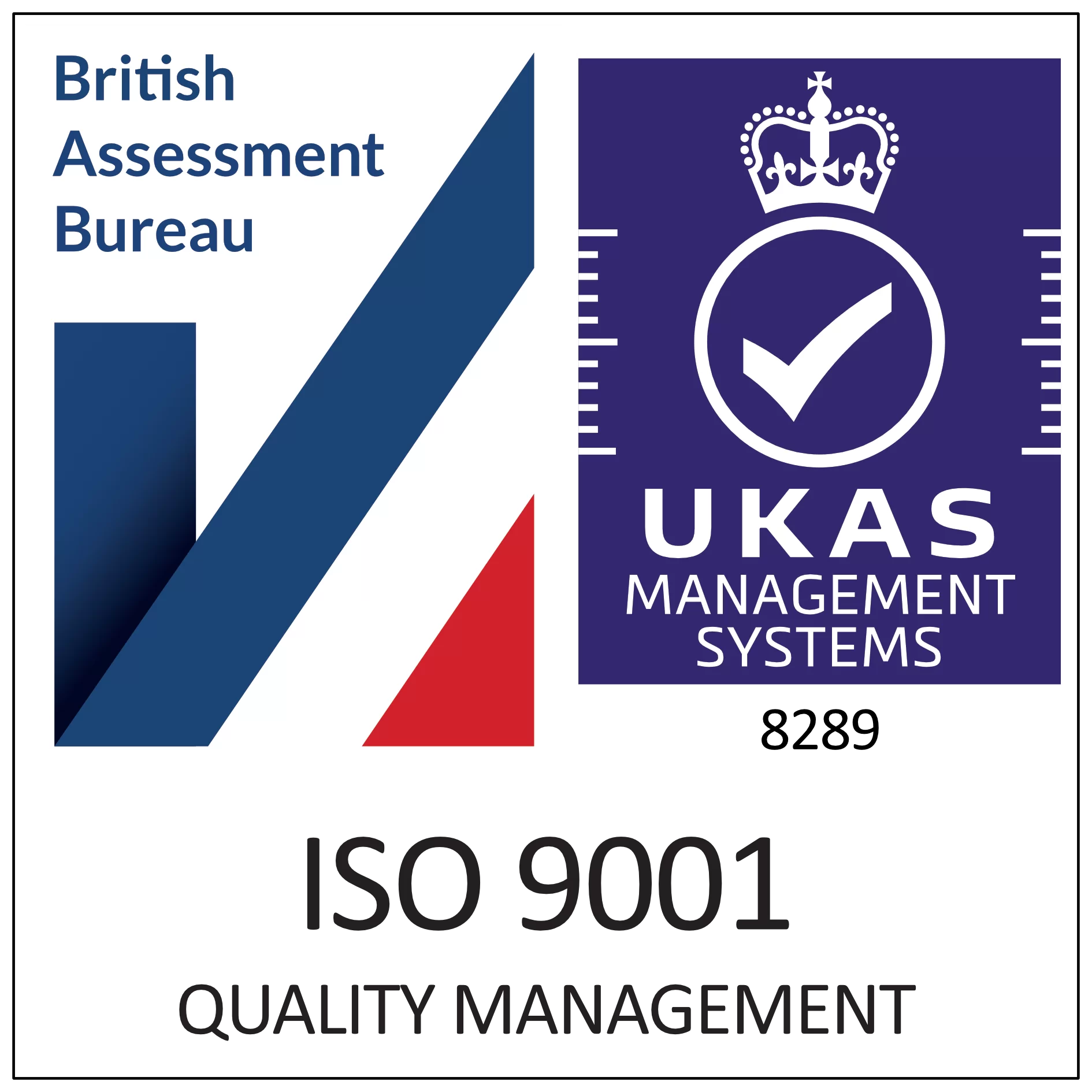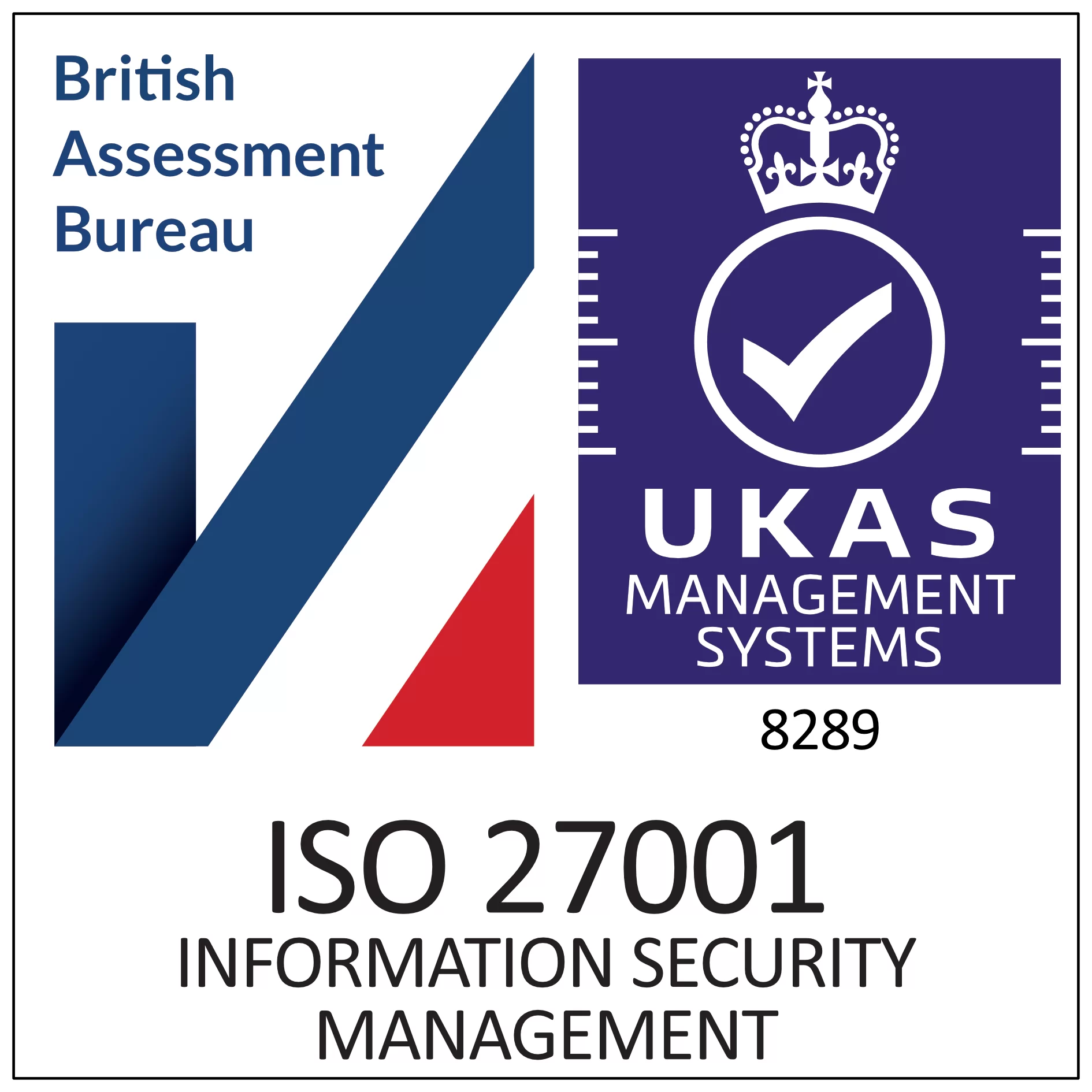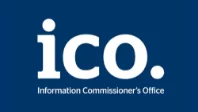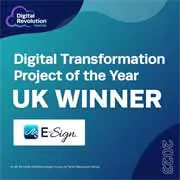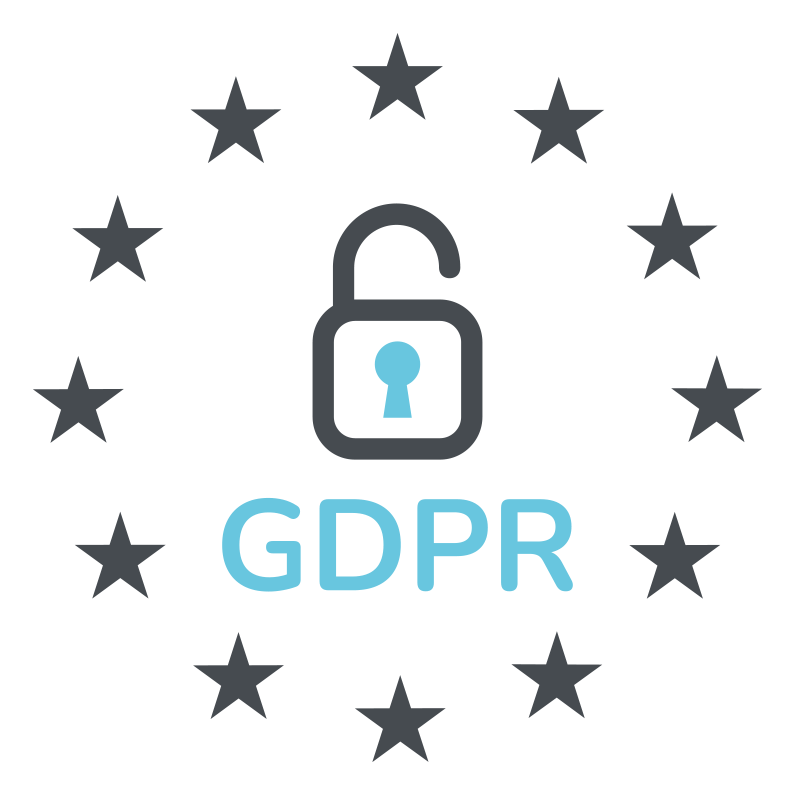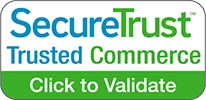How to Create GDPR-Compliant eSignature Workflows
Laura Cain
Marketing & Brand Manager
PUBLISHED
10th July, 2025
As the modern business landscape evolves, adopting electronic signature technology has seen a significant uplift. However, ensuring your e-signatures are legal, secure, and compliant with all relevant regulations is not as simple as clicking an ‘I agree’ box or drawing a signature directly on a document without any supporting verification.
In this guide, we explore how to create e-signature workflows that are fully compliant with GDPR principles. So you never have to worry about or question the validity of your signed documents.
What is GDPR compliance?
GDPR compliance refers to the actions and safeguards organisations must implement to protect personal data, as outlined by the General Data Protection Regulation (GDPR) introduced in 2018.
If your business gathers, processes, or shares personal information within the UK or EU, you’re legally required to adhere to these data protection standards.
This responsibility extends to electronic signatures as well, ensuring that your processes align with GDPR, not only fulfilling legal obligations but also reinforcing trust and transparency with your customers.
What does personal data actually mean?
According to the GDPR, any information relating to an identifiable individual constitutes personal data. In relation to electronic signatures, this includes:
- Names and email addresses of signers
- Timestamps showing when a document was viewed and signed
- IP addresses and device information
- Any other personal details within the contents of the signed document
Why do e-signatures need to be GDPR compliant?
Processing personal data is a key element of functionality in any electronic signature solution. This includes collecting identifying details from signers, storing information about signing activities, creating and maintaining audit trails, and more. Therefore, GDPR compliance is mandatory, with data protection affecting both e-signature providers and their customers.
What GDPR principles apply to e-signatures?
Several core GDPR principles apply to the use of electronic signatures. These include:
- Purpose limitation – personal data collected during the signing process must only be used for clearly specified purposes.
- Data minimisation – only data that is required should be collected during signature workflows.
- Lawfulness, fairness, and transparency – businesses must have a legal reason for processing personal data through e-signatures, e.g., legal obligation or contract performance.
- Integrity and confidentiality – suitable security measures must protect all data involved during e-signature transactions.
- Accuracy – systems must maintain accurate signer details.
- Storage limitation – providers must establish retention periods for signed documents and their related data.
Businesses using digital signatures in their workflows should integrate these principles into their document processes.
How to create a GDPR-compliant e-signature workflow
Choose a compliant eSignature provider
There are many electronic signature providers in the market today, but not all of them will offer the right type of solution for your business when it comes to compliance.
When choosing a provider, you will need to consider the following factors:
- Do they store their data in the UK?
- Do they offer detailed audit trails for each document?
- Do they have strong encryption and access controls?
- Do they clearly outline how they handle data in their privacy policy and DPA (Data Processing Agreement)?
Map out the data flow
An essential part of maintaining compliance in your e-signature workflow is understanding where and how data is collected, processed, stored, and transmitted throughout the signing process. This involves identifying what types of personal data are being collected, processed, and stored during the signing workflows, monitoring who has access and at what stages, and identifying any third-party systems involved, such as CRMs or cloud storage.
Implement clear consent
GDPR requires that individuals can express informed and clear consent for their personal data to be processed by an organisation. Adding a detailed privacy notice before signing, including checkboxes for consent to the terms and data use, and explaining data usage and retention, achieves this. It’s important to note that consent must be separate from contract acceptance, avoiding the risk of any ambiguity and the individual not understanding what they are consenting to.
Enable audit trails and access controls
Audit trails and access controls are extremely important because they show that the intended recipient signed the document, and this is irrefutable. Audit trails provide evidence by tracking who signed, when, where, and with what device/IP address.
Controlling access to sensitive data with role-based permissions is an effective way to ensure accountability and reduce the risk of data breaches or cyberattacks. Automated alerts should also be set up if unauthorised access is detected. These measures protect your businesses and your signers.
Introduce a data retention and deletion policy
In line with GDPR’s data minimisation and storage limitation principles, it’s best practice to have the following processes in place that ensure compliance:
- Define how long completed documents and signer data are kept for
- Provide methods in which individuals can request access to their data, for it to be corrected, or for it to be deleted
- Regularly review and remove outdated or unnecessary data records
Provide staff training and monitor compliance
Even the most carefully designed workflow can fall short if your team isn’t equipped to follow it correctly. Ongoing, practical training helps ensure staff understand the role they play in maintaining GDPR compliance as part of their day-to-day responsibilities.
It’s also essential to include regular audits as part of your process. These checks help verify that your eSignature workflows remain aligned with GDPR requirements, especially as regulations or internal procedures evolve.
By staying proactive in these areas, your business not only reduces the risk of fines, but also strengthens client confidence. A GDPR-compliant eSignature process supports both operational efficiency and data protection, making it a smart investment for any UK business.
Best practices for maintaining compliance with e-signatures
See examples of important best practices below to maintain compliance in your eSignature workflows
– As a UK business, having an e-signature solution specifically designed to comply with UK regulations is a must. When considering different providers, be sure to look for explicit compliance statements with GDPR, verify eIDAS certification, check for ISO accreditations, and review security assessments.
E-Sign is a leading UK e-signature provider with security and compliance at the heart of everything we do. We hold several accreditations, including ISO 27001, ISO 9001, Cyber Essentials Plus, and FSQS. As well as meeting compliance standards for GDPR and eIDAS. This makes E-Sign a legally binding solution for businesses that never want to question the validity or security of their signed documents.
– Honest communication builds trust and maintains positive relationships between businesses and their clients/partners. Before any signing takes place, let the signer know what their rights are with their data.
This might detail data processing methods, verification procedures, and access to privacy policies, along with instructions on how to exercise data rights. Include educating signers as part of your overall document workflows.
Mistakes to avoid – don’t compromise your compliance
Even with the best intentions, many businesses unknowingly fall short of full GDPR compliance when implementing eSignature workflows. Here are the most frequent (and costly) mistakes organisations make that impact GDPR compliance.
- Using non-compliant e-signature providers – not all electronic signature solutions are GDPR-compliant by default.
- Collecting too much or unnecessary personal data – GDPR highlights the importance of data minimisation, and not gathering data that is unnecessary for the purpose.
- Unclear or implied consent – consent must be clearly communicated and willingly agreed to. Individuals need to know exactly what they’re saying “yes” to. Vague language or hidden terms can quickly lead to non-compliance.
- Weak or missing record keeping – without reliable documentation or detailed logs, proving that you’ve followed proper procedures becomes difficult. Poor records can leave your business exposed during legal reviews or regulatory audits.
- Failure to honour data rights – GDPR gives individuals the right to access, amend, or erase their personal data. If your systems don’t support these requests or if responses are delayed, you risk serious penalties.
- Thinking GDPR is a one-time setup – compliance with GDPR isn’t something you do once and move on from. It demands regular updates, reviews, and adjustments as laws develop or your internal processes change.
Conclusion
Creating GDPR compliant e-signature workflows doesn’t have to be complicated or time-consuming when you’ve got the right solution in your digital toolkit.
Your electronic signature processes are crucial in ensuring trust and compliance, as with any other data handling in your business. Protect your business and your customers with secure, compliant and legally binding digital signing with E-Sign.
Contact us today to discuss your digital document requirements, or get started with E-Sign by registering for our 14-day free trial — no card details needed.
Disclaimer – E-Sign UK Ltd is not a legal practice, and nothing on this website constitutes legal or other advice.
 Facebook
Facebook
 X (Twitter)
X (Twitter)
 LinkedIn
LinkedIn


